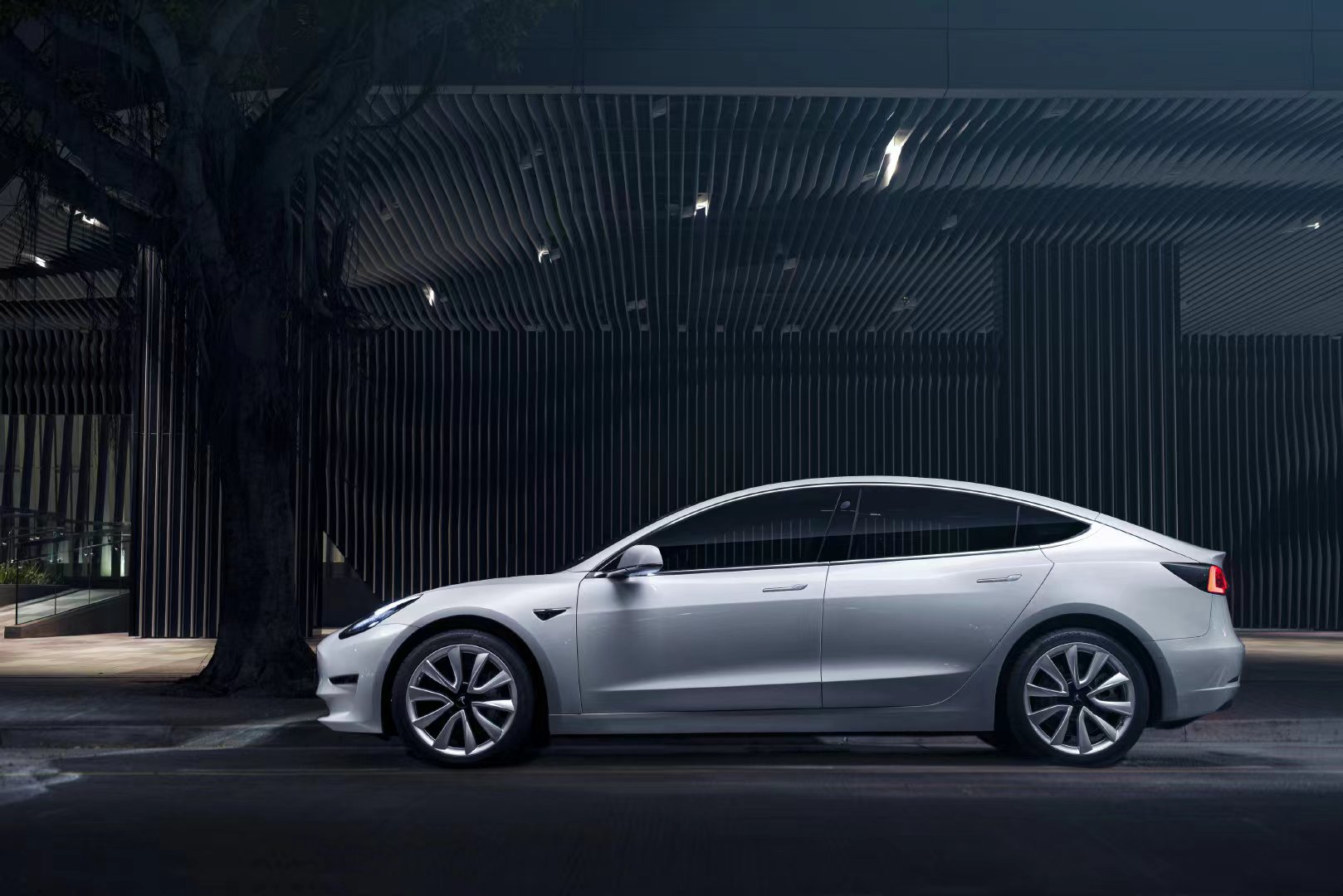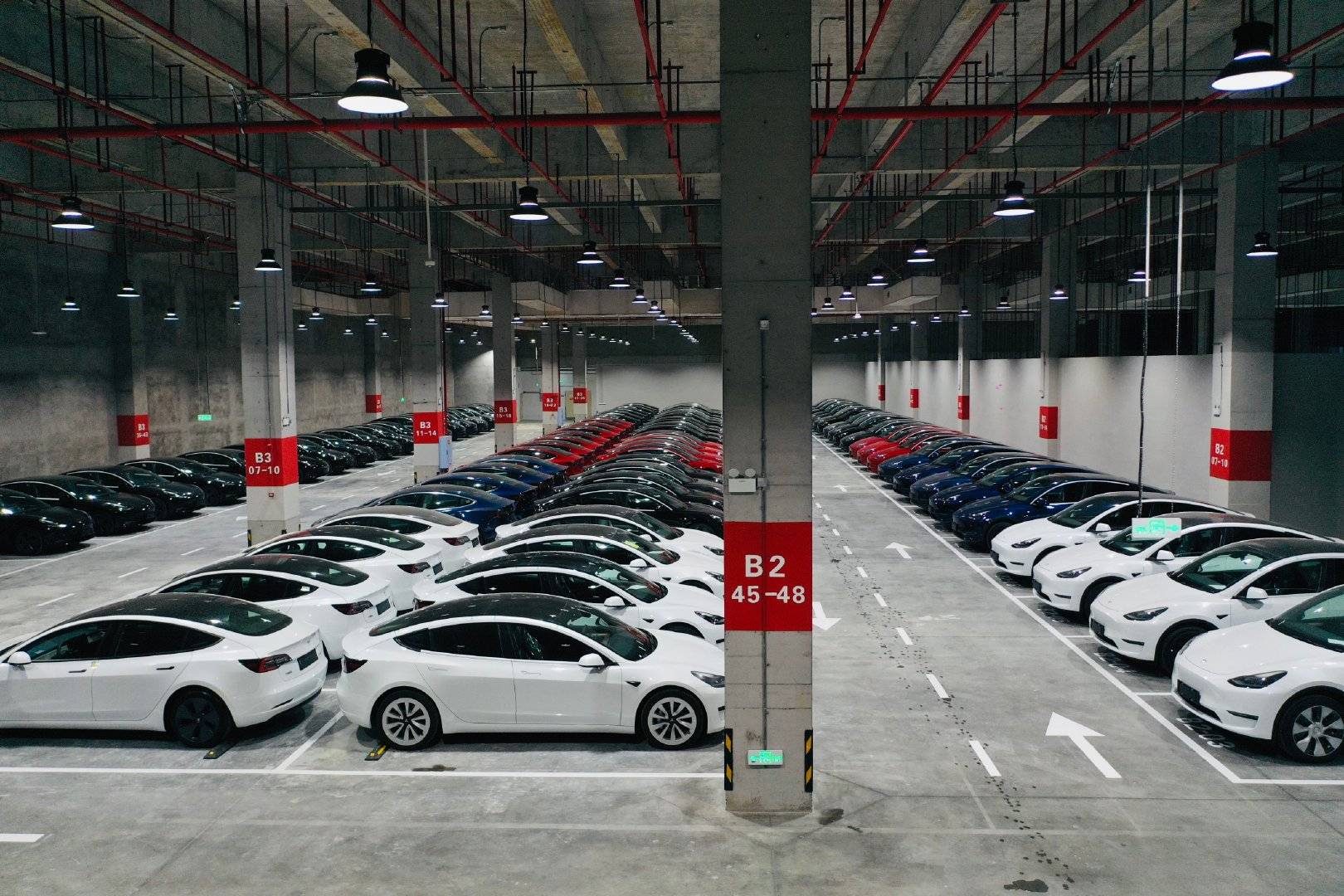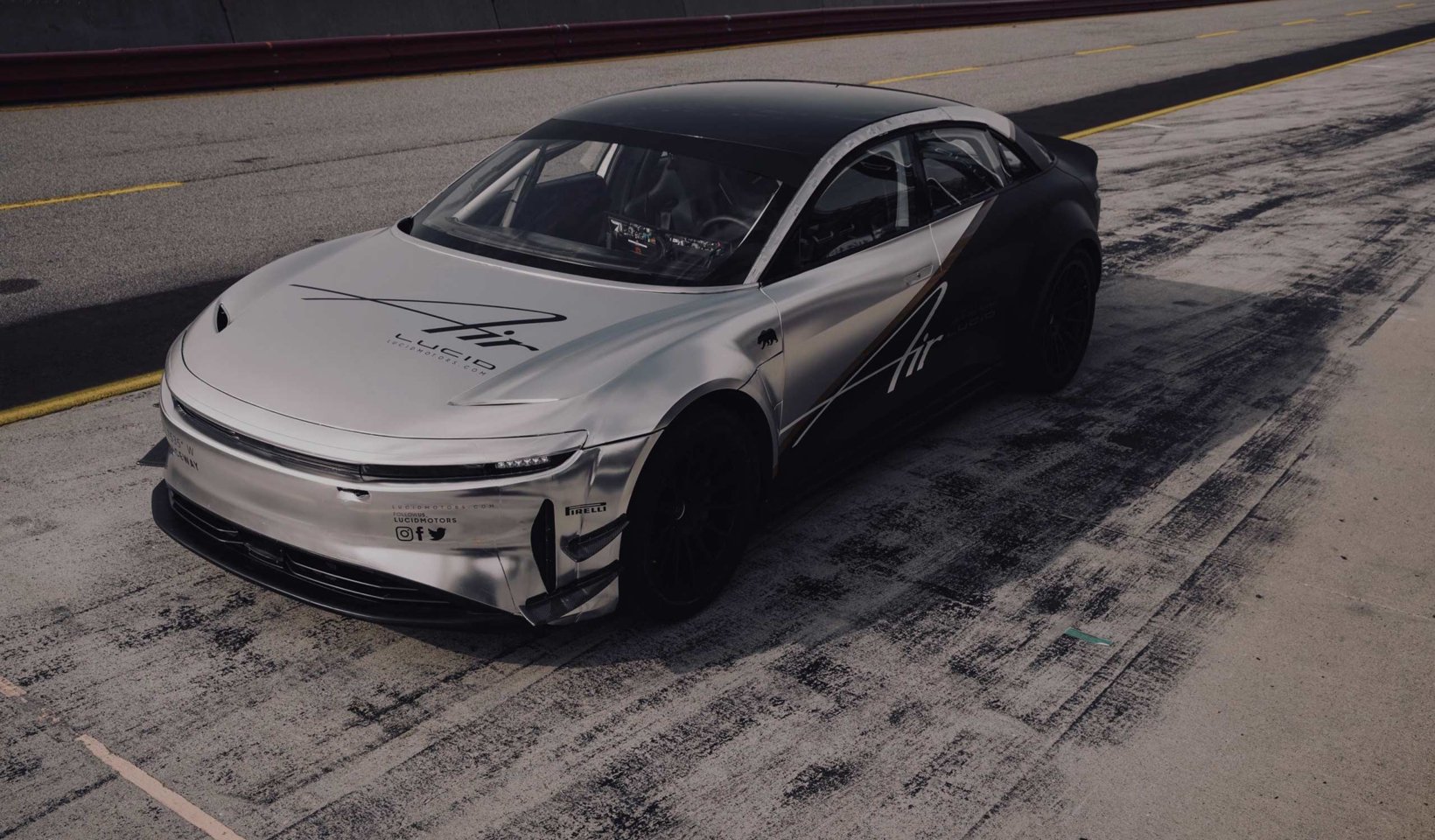テスラは上半期も米国の電気自動車市場の成長を牽引 2023
ダイナミックなアメリカで. 半導体供給の復活とガソリン車生産の再開が特徴の市場環境, 電気自動車 (電気自動車) は、他の車種を凌駕するペースが一時的に鈍化しているのを目の当たりにしています.

(画像: テスラモデル 3)
Examining the US EV market in the initial half of the year, a perceptible moderation in market share expansion is evident. Experian’s recent release of U.S. EV registration data reveals that January saw 87,708 electric vehicle registrations, accounting for a 7.1% market share—a figure consistent with the overall market share. 比較的, EVs constituted 5.6% そして 3.1% of the U.S. new car market in 2022 そして 2021, それぞれ.
Intriguingly, data underscores テスラ‘s commanding influence within the U.S. EV市場. During H1 2023, Tesla registered 329,608 vehicles in the United States, 前年比の堅調な成長を反映して 44%. This impressive performance enabled Tesla to maintain a 60.3% 市場占有率, effectively spearheading the growth trajectory of the U.S. EV市場. Sequentially, Tesla’s U.S. registrations surged from 155,360 to 174,248—a noteworthy 12% quarter-on-quarter increase.
Tesla’s モデルY そして モデル 3 have solidified the brand’s foothold, with these two models collectively occupying the top slots in U.S. EV registrations. An upsurge in Model Y registrations, nearly doubling from H1 2022, と 12% increase in Model 3 registrations, further cement Tesla’s dominance.

(画像: Tesla Garage)
While EVs have historically fueled growth in the U.S. new car market, it’s evident that the pace of expansion has stabilized in H1 2023 after consistent growth in 2021 そして 2022. Observers suggest this moderation signals a shift towards targeting a broader consumer demographic, necessitating strategies that address existing vehicle pricing and charging infrastructure limitations.
Jessica Caldwell, Executive Director of Insight at Edmunds, notes that while initial consumer enthusiasm has been substantial, broadening EV adoption requires addressing price barriers and infrastructure gaps that deter mainstream consumers.
今後の展望, 米国. EV market faces challenges stemming from increased EV inventory and rising sales incentives, potentially pressuring manufacturers. 米国. EV inventories exceed market averages, with a 103-day supply according to Cox Automotive. Sales incentives for EVs average around $4,000—double the amount offered for gasoline vehicles.
Industry analysts suggest that with increasing competition, automakers are faced with excess EV inventory due to insufficient demand. カール・ブラウアー, Executive Analyst at iSeeCars, highlights that even with price cuts and lucrative incentives, the average consumer remains hesitant to purchase electric cars, challenging the narrative of rapid growth.
Amid these challenges, Tesla—the market leader—is not immune to market pressures. Despite price reductions and incentives, Tesla’s once-vigorous growth has steadied. Tesla CEO Elon Musk’s commitment to price reductions reflects the company’s strategy to achieve its ambitious 2023 販売目標 1.8 100万台の車両.

(画像: Lucid)
Cox Automotive identifies a silver lining: the average transaction price of U.S. EVs has dropped from $61,000 1月に, attributed partly to Tesla’s pricing adjustments. にもかかわらず, in the short term, electric cars remain pricier than gasoline counterparts, deterring some buyers.
To overcome these hurdles, expansion of budget-friendly EV options is crucial. Despite anticipated moderations in the pace of EV sales, the industry’s trajectory remains a tale of transformation, driven by evolving consumer preferences and a commitment to sustainable mobility.

 中国における自動車
中国における自動車